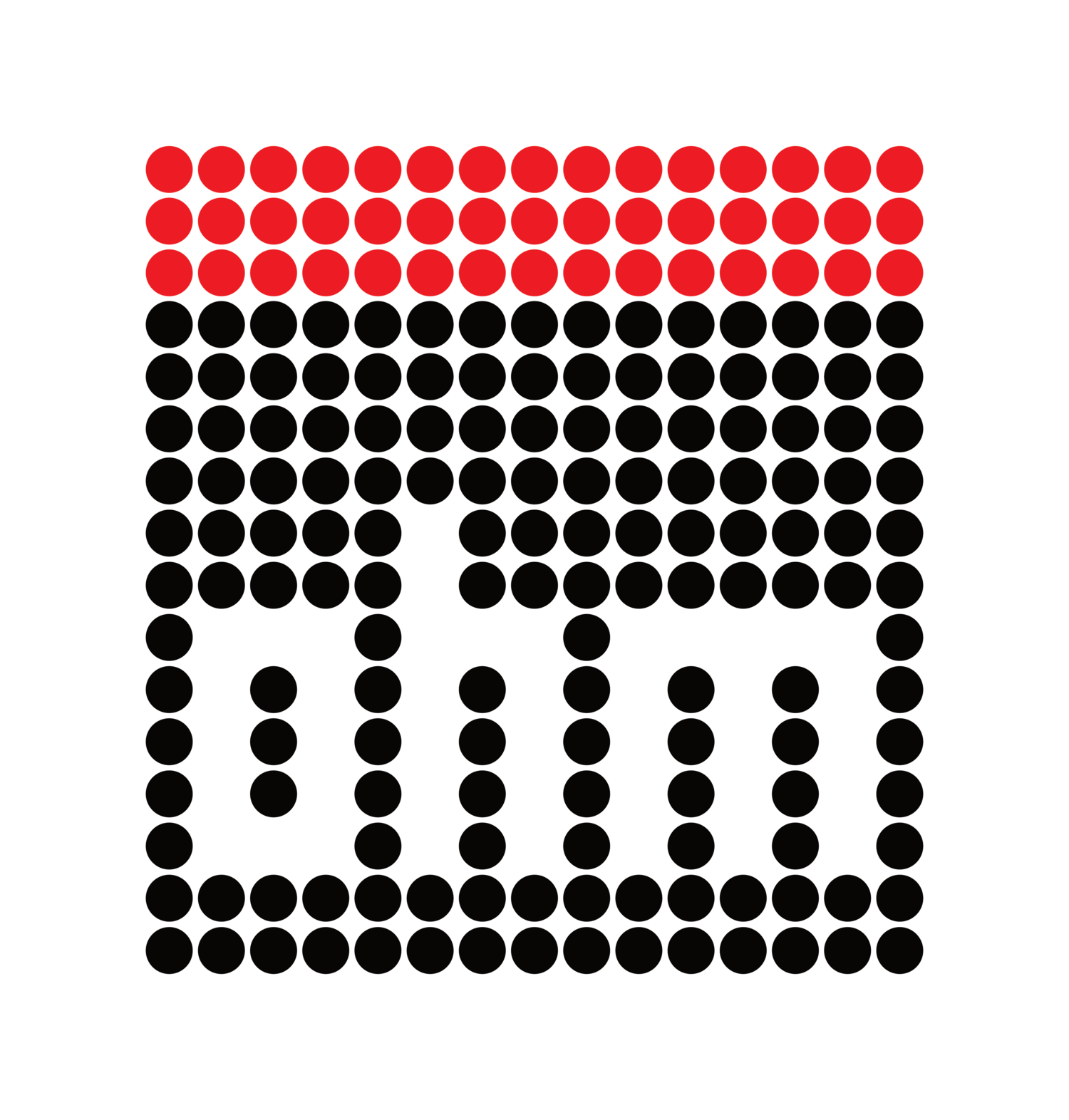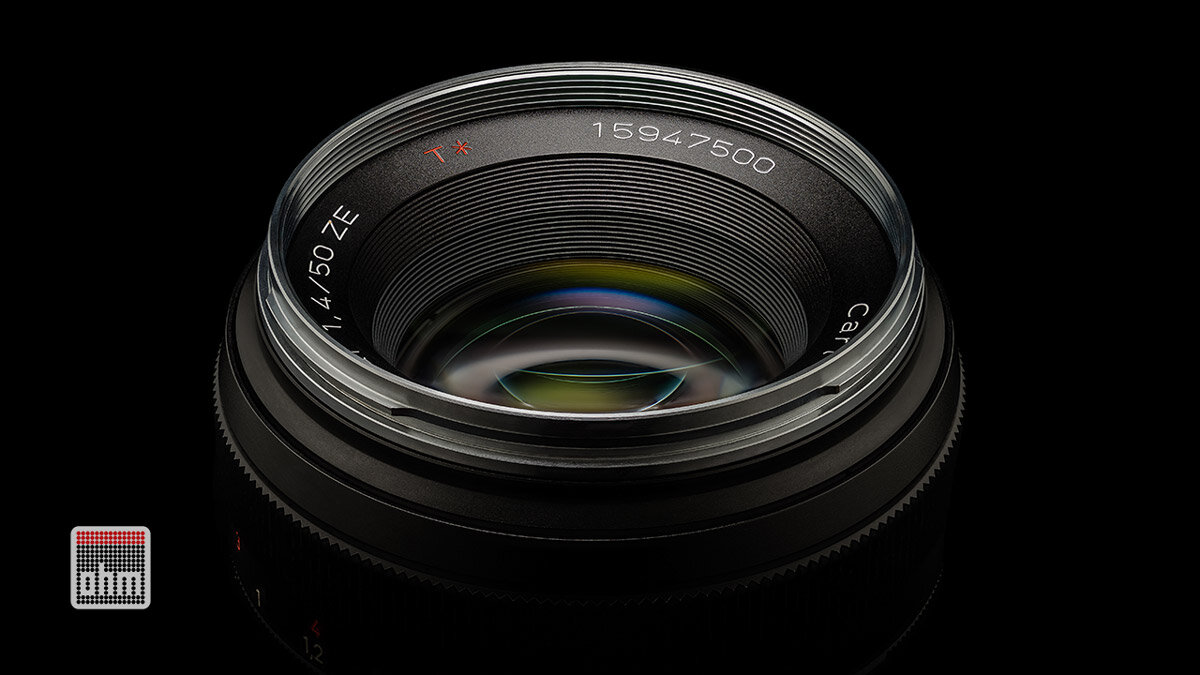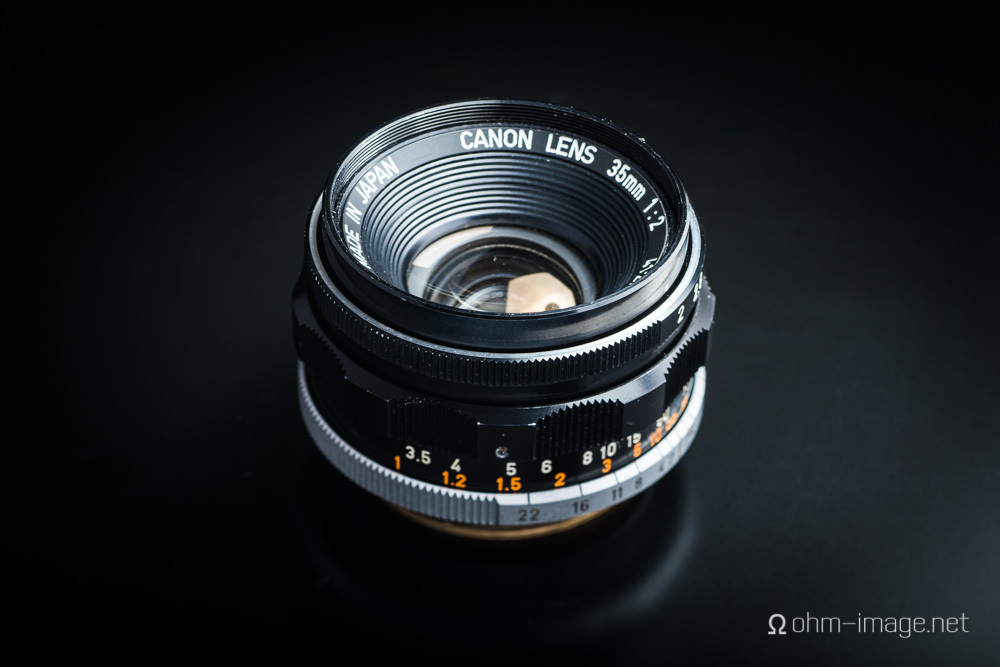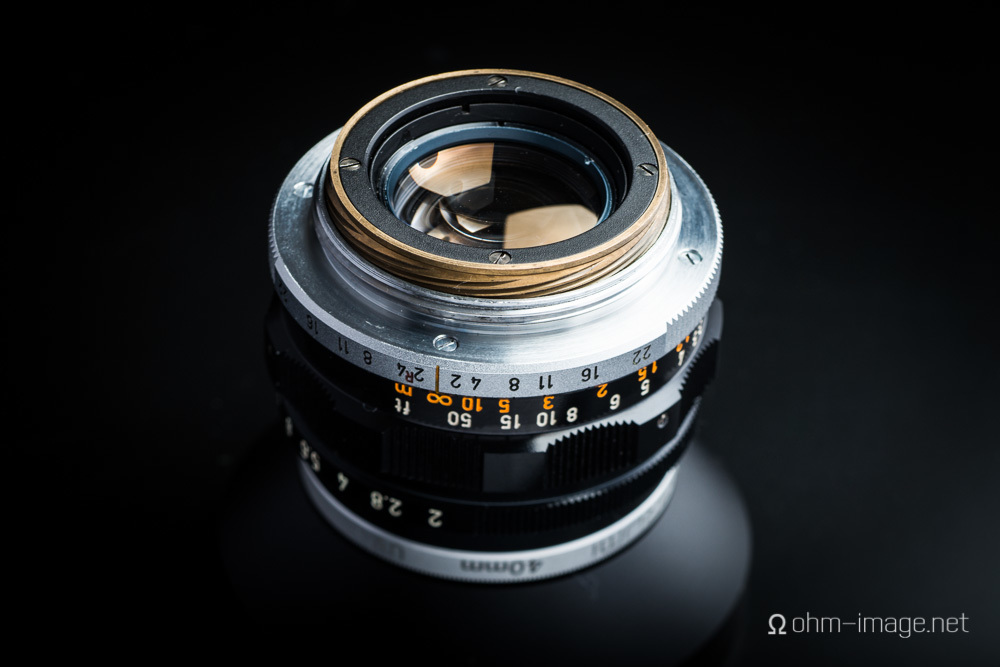While now a month old, Michael The Mentor's painstaking review which pits Canon's top grip-less FF dSLR VS Nikon's latest D750, is fresh. Why it matters is that it is a user, not a benchmark review promoting external software, or performance-by-the-numbers journalism. He even describes why he pits cameras of two generations against each other.
Covered are the usual suspects: stills, video, ISO, dynamic range, etc., but rather than stopping at the numbers, Michael shows how each impacts the end user. His AF tests aren't simple statements, but practiced, gruelling metrics covered by modus operandi. And, inasmuch as his conclusions are drawn by a flawed species of mammal, they are as unbiased as I've seen. You certainly won't find their like at ohm. And While they've been around forever, yours truly has just discovered them.
Watch his videos.









